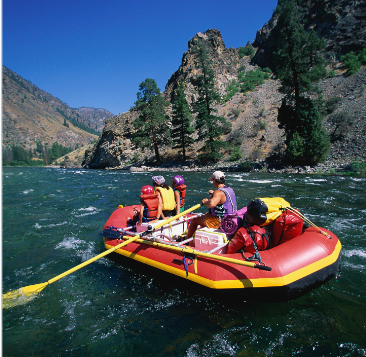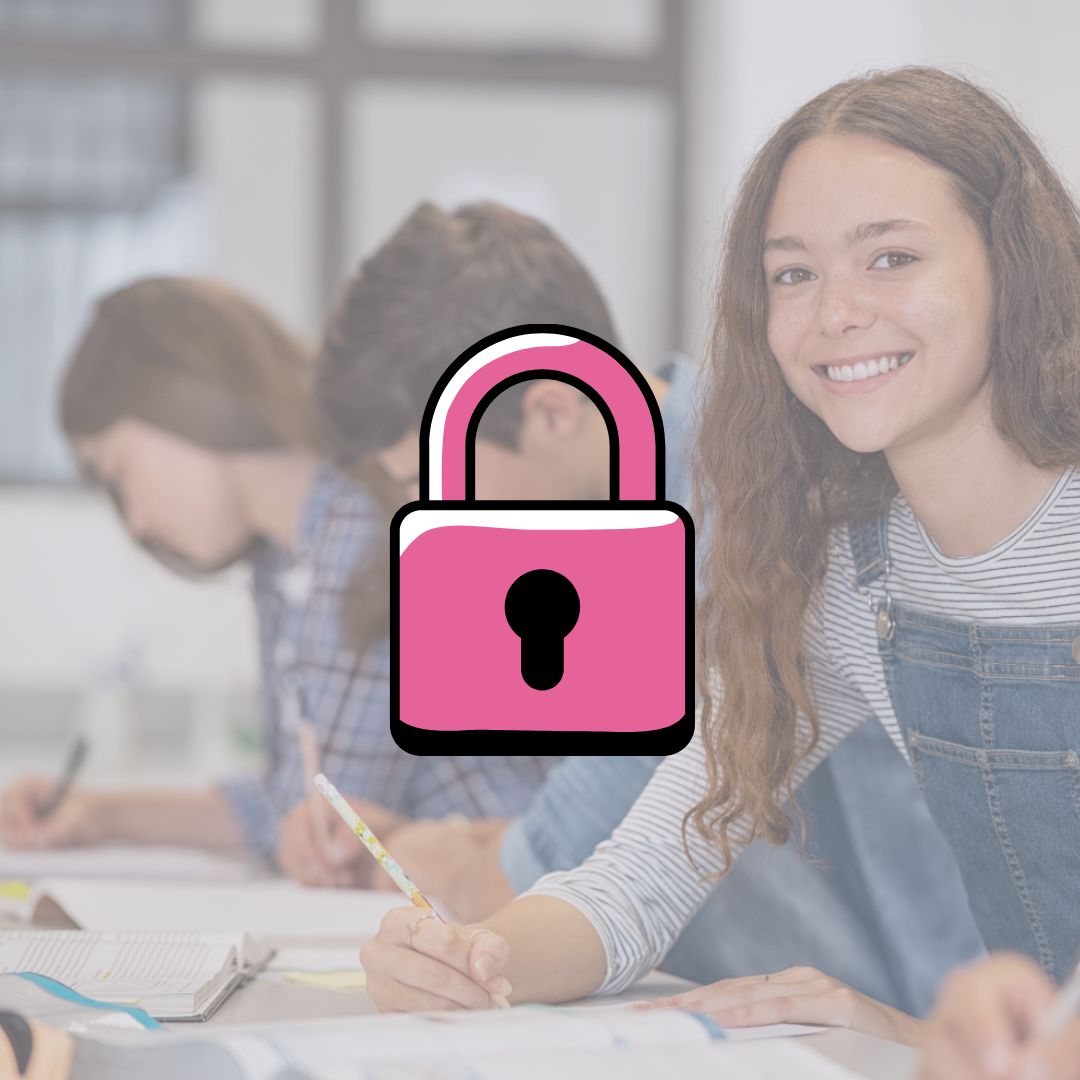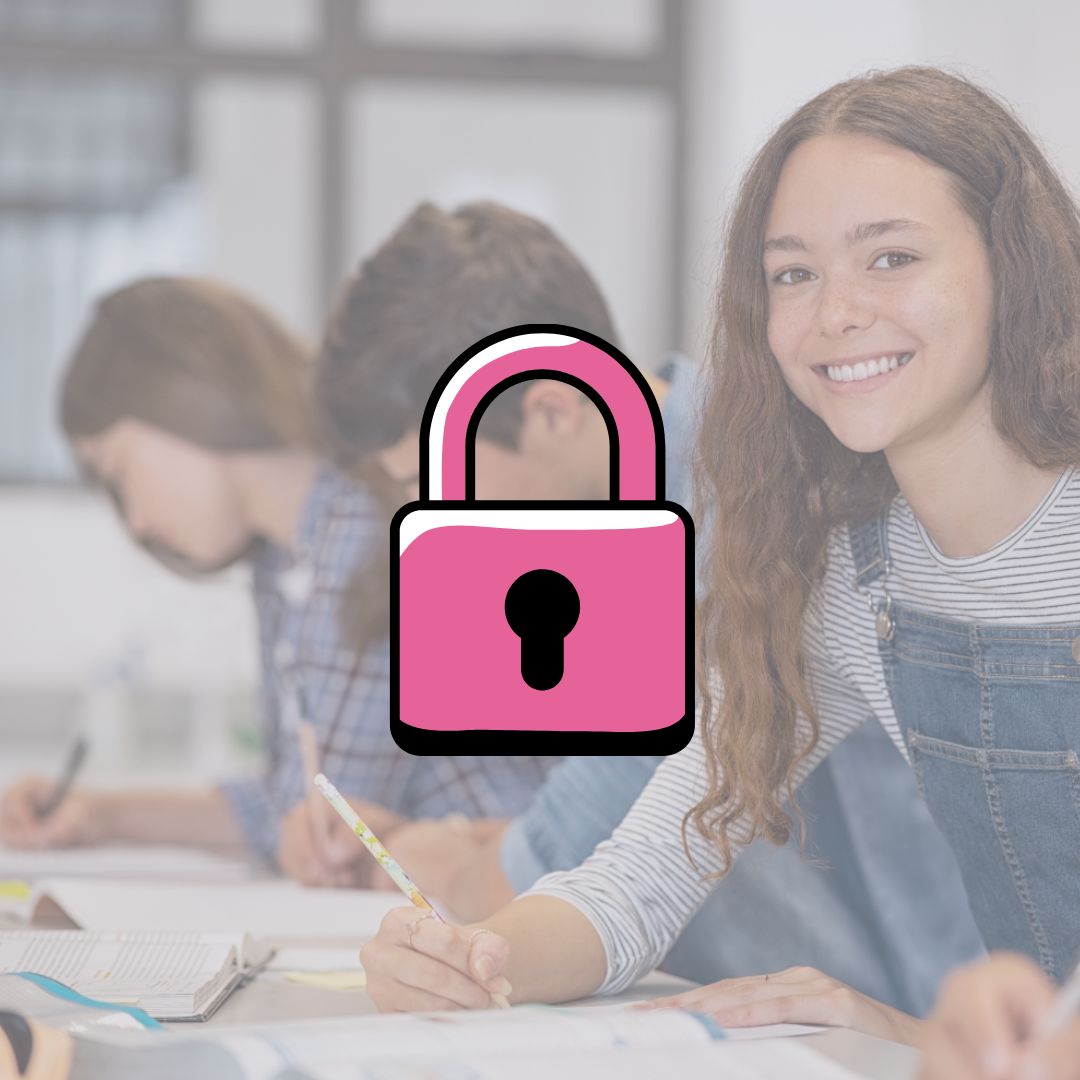About Unit 1
Curriculum Gold Award recipient from the National Association of Economic Educators
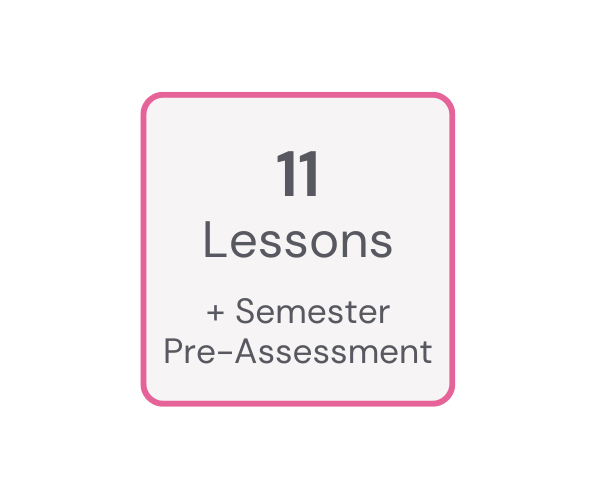
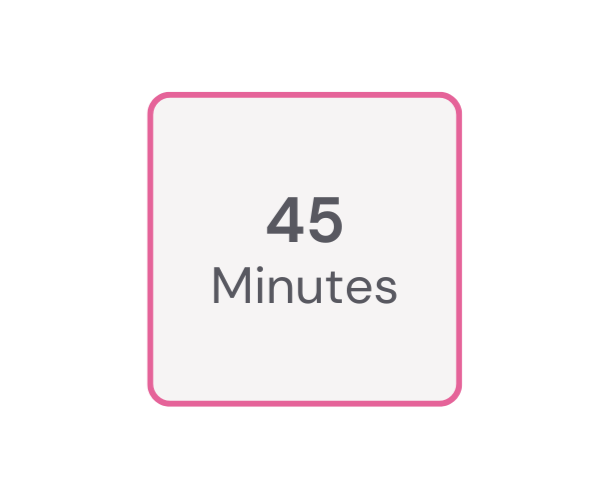
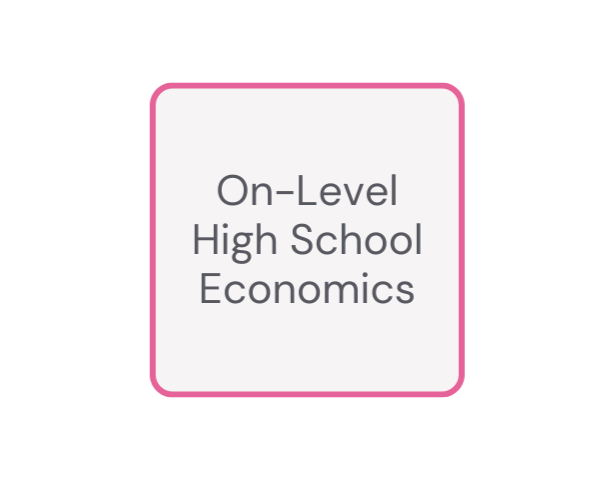
New to our curriculum? Start here.
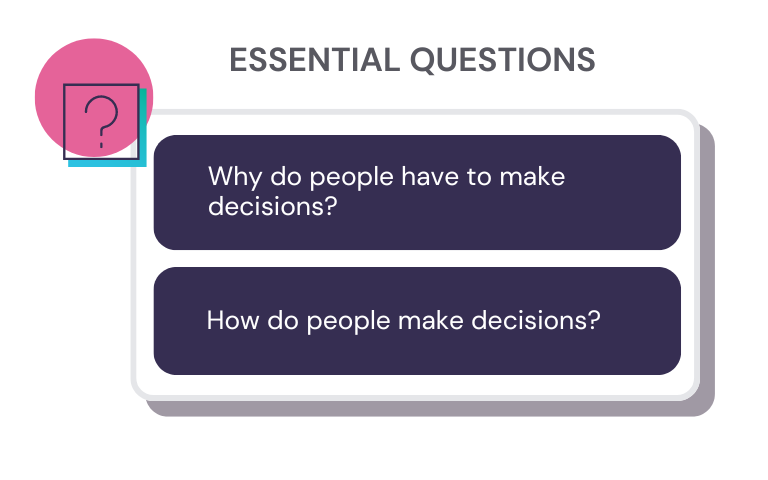
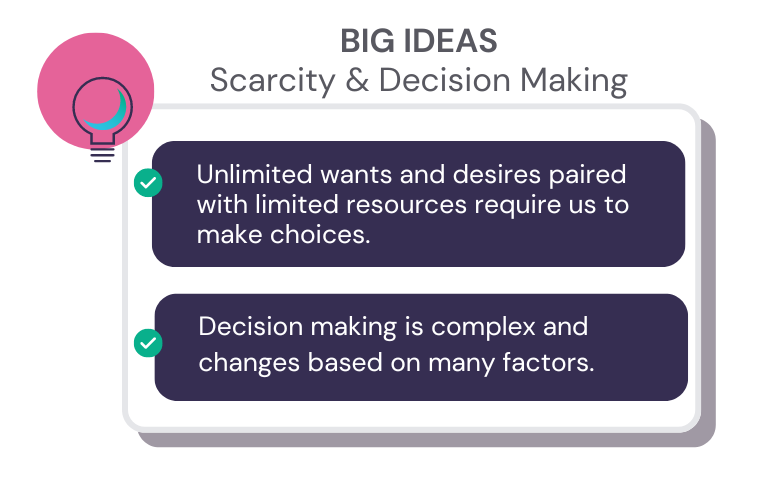
Lessons build on one another and are designed to be used sequentially. If you plan to use one of the lessons in isolation, review the Unit Overview document. To unlock all lessons you must log in as an Econiful member.
1.2 Packing for a River Trip: An Introduction to Economics
Planning a two-week river trip, students learn how economic principles, especially scarcity, influence decision making.
"The students were engaged in the lesson for the whole class period." - James K., Florida
1.3 Thinking Like an Economist: Part 1
Students learn about the roles of economists and how to apply the first two principles of economic thinking (cost-benefit and opportunity cost) to decision making. Watch a video tutorial.
"I absolutely loved the activator for this lesson & the emphasis on economics being a social science ... Overall, the lesson was very easy to implement." - Aaron M., Indiana
1.4 Thinking Like an Economist: Part 2
Students apply two more economic thinking principles (marginal and interdependence) to decision making. Watch a video tutorial.
1.6 Complexities of Decision Making
Cognitive biases like present bias, sunk cost fallacy, and framing effect are analyzed through real-world examples and personal experiences to understand their impact on decision making. Watch a video tutorial.
"I liked the lesson. Very engaging and not boring. I liked how interactive [the] handout [was] with a fun doodle." - Student, AZ
1.8 Introduction to the Production Possibilities Frontier (PPF)
Students produce tiger and panda bookmarks and use data from the simulation to create a production possibilities frontier. Watch a video tutorial.
"I loved this lesson and so did my students. I am trying to incorporate more student driven learning in my classroom and this worked great!" -Anne R., North Carolina
1.9 Adding Complexity to the PPF: Part 1
Factors of production, opportunity costs, and shifts in the PPF are explored to develop a deeper understanding of the production possibilities frontier. Watch a video tutorial.
"My students loved how interactive they were able to be with their peers." - Sara H., Alabama
1.11 Assessment Preview
To prepare for the Unit 1 summative assessment students preview the requirements and rubric. Then they'll apply the rubric to two sample assessments. A bonus "Taboo" review is included.
"I was pleasantly surprised by how well my students took to the activity. They'd never played Taboo before, but a quick explanation and off they went." -Educator in SC
Contact Kathleen Cusack with questions at Kathleen@econiful.org.

This work is licensed under a Creative Commons Attribution-NonCommercial-ShareAlike 4.0 International License.



